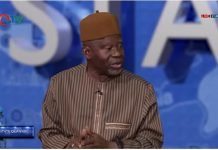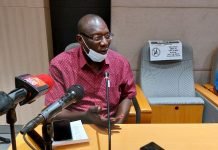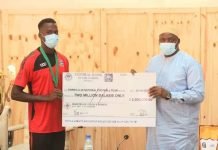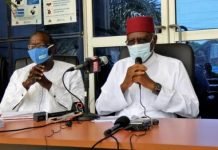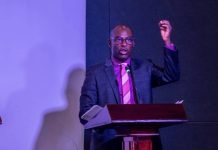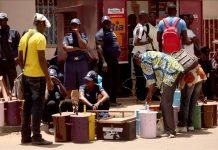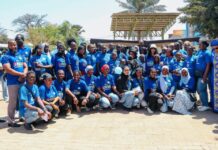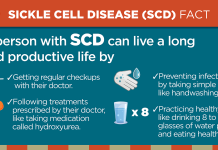
By Ndey Ceesay
Over the years, a number of Gambians who had left the country on irregular migration routes, in search of better lives, were returned to The Gambia.
They mainly returned home due to significant protection issues, including violence, exploitation, and abuse they face at the hands of smugglers and traffickers enroute.
Some returning migrants receive tailored in-kind support depending on their circumstances – to facilitate their reintegration back into society.
However, when misunderstood, reintegration support is usually a subject of controversy both on social media and in the communities.
This article, therefore, seeks to explain reintegration and how it is facilitated in The Gambia.
What is reintegration?
Reintegration refers to the re-inclusion or re-incorporation of migrants into the society of their country of origin or habitual residence, the European Parliament stated in an October 2017 briefing.
The International Organisation for Migration, IOM, defines reintegration as “a process which enables individuals to re‐establish the economic, social and psychosocial relationships needed to maintain life, livelihood and dignity and inclusion in civic life.
In its glossary on migration, IOM outlines the various components of reintegration as follows:
Social reintegration implies the access by a returning migrant to public services and infrastructures in his or her country of origin, including access to health, education, housing, justice and social protection schemes.
Psychosocial reintegration is the reinsertion of a returning migrant into personal support networks (friends, relatives, neighbours) and civil society structures (associations, self‐help groups and other organizations). This also includes the re‐engagement with the values, mores, way of living, language, moral principles, ideology, and traditions of the country of origin’s society.
Economic reintegration is the process by which a returning migrant re‐enters the economic life of his or her country of origin and is able sustain a livelihood.
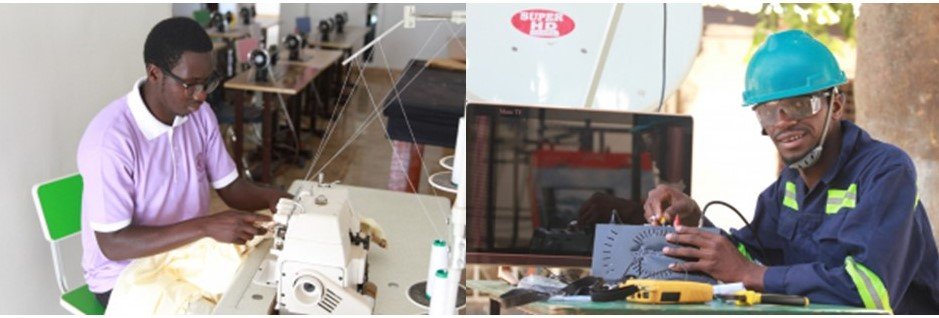
Reintegration support in The Gambia
International Organization for Migration (IOM) The Gambia, the UN migration agency, is one of the lead organisations that provides reintegration support to migrants, as part of its comprehensive approach to migration management and, therefore, return migration.
Apart from IOM, there are other organisations, local and international, that also support reintegration in The Gambia. For example, a report published by The Point newspaper, a local daily, which explains that a new project called the ‘New Placement International’ project is meant to assist “the smooth and sustainable transitioning and reintegration of Gambian migrants from Germany” who wish to return home voluntarily.
IOM reintegration support
Cognizant that once migrants are returned to their country of origin, they may encounter a number of challenges which can impact their ability to re-adjust to life and re-establish themselves, IOM through its Assisted Voluntary Return and Reintegration (AVRR) programme, implements different projects to enable returnees to reintegrate. It is a holistic approach that supports both migrants’ and their communities’ economic, social and psychosocial needs.
According to IOM, as part of its Migrant Protection and Assistance, the AVRR programme has been implemented since 1979. Globally, the programme has provided assistance to more than 1.5 million migrants. Every year, IOM provides tailored AVRR assistance to tens of thousands of migrants returning home voluntarily, under diverse circumstances.
IOM provides AVRR support in collaboration with other IOM missions in countries hosting Gambian migrants. In The Gambia, IOM also participates in pilot services aimed at providing improved AVRR-related assistance, including virtual pre-departure counselling and remote psychosocial support.
Through its flagship EU-IOM Joint Initiative for Migrant Protection and Reintegration project, IOM Gambia contributes to strengthening the sustainable reintegration of returning migrants in The Gambia, by providing reintegration assistance.
According to IOM Gambia database, from 2017 to August 31, 2022, about 3,600 Gambians have benefitted from IOM’s Voluntary Humanitarian Return (VHR) programme, which offers a dignified and safe return for migrants stranded in Libya.
“This assistance includes registration, accommodation, food, health care, psychosocial support, and assistance in the delivery of consular documents, before they return to their country of origin. From 2017 to August 31, 2022, about 1895 Gambian migrants have been assisted to return home from Niger, according to IOM Gambia database. Of those supported to return, three were Senegalese and were supported with onward transportation,” IOM said in May 2022.
Upon arrival in The Gambia, returnees received orientation on the process of receiving reintegration assistance – which may include economic, social and psychosocial support, tailored to each returnee’s needs.
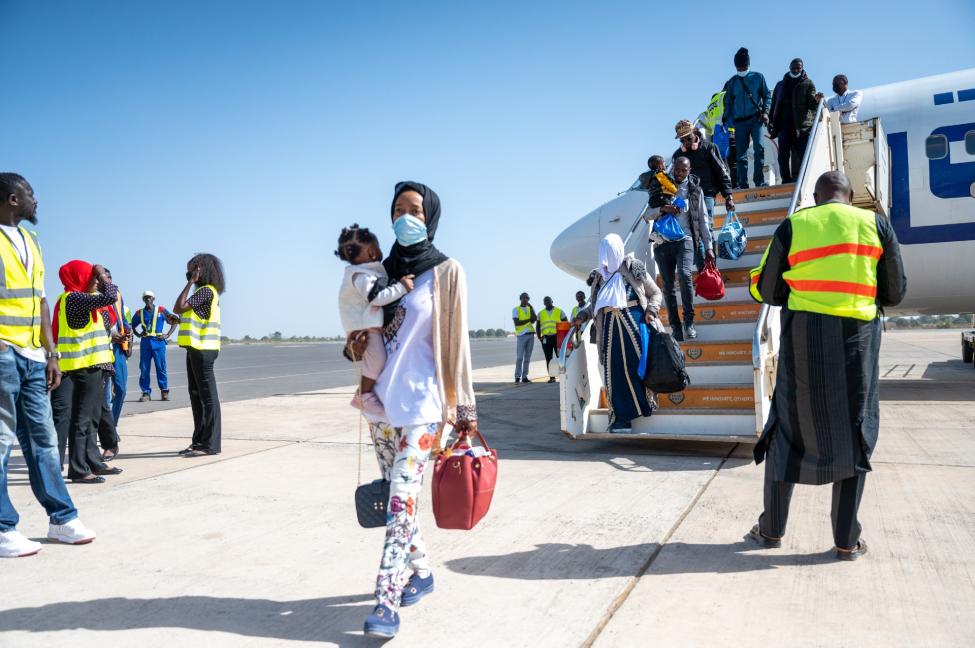
Who is eligible for support
The assisted voluntary return programme supports migrants who are unable or unwilling to remain in host or transit countries and wish to return to their countries of origin.
The main beneficiaries of IOM’s return and reintegration assistances are stranded migrants in host or transit countries, irregular and regular migrants, asylum seekers who decide not to pursue their claims or are found not to be in need of international protection, and also migrants in vulnerable situations, such as victims of human trafficking, unaccompanied and separated children, elderly migrants or those with health-related needs.
How is AVRR support given?
Reintegration assistance has been gradually introduced to support the returned migrant’s reintegration process and making it sustainable. Reintegration assistance is a key factor to contribute minimizing migrant vulnerability upon return and supporting their economic self-sufficiency, social stability within their communities and psychosocial well-being.
However, reintegration assistance depends, among other factors, on the needs of beneficiaries, the specificity of each programme and the available resources. It can help returnees’ set-up income generating activities, access basic services or re-establish ties with their families and friends.
Types of reintegration
There are different types of reintegration assistance, according to IOM’S Policy on the Full Spectrum of Return, Readmission and Reintegration. These includes:
- Individual assistance, which addresses returning migrants’ specific needs, taking into account their migratory experiences, socioeconomic characteristics, vulnerability factors and circumstances of return. It also builds upon positive experiences and resources generated through migration, for example, by harnessing the skills, knowledge and transnational networks acquired by migrants during their migration journey’. Moreover, returnees may wish to pool their resources (reintegration assistance) to explore collective ventures.
- Community-based reintegration assistance recognizes that sustainable reintegration hinges both on the capacity of individuals to reintegrate and the capacities of communities to embrace additional members and continue providing services and economic opportunities to a larger population. To this end, community-based reintegration support must address the needs, vulnerabilities and concerns of communities to which migrants return, and be sensitive to characteristics such as the presence of migrant families, other migrant groups and the broader non-migrant population, among others. Community-based reintegration applies area-based approaches, harnessing the benefits migrants can bring to receiving communities, while at the same time addressing social, economic, infrastructural and environmental vulnerabilities and risks. The approach focuses, in particular, on strengthening social cohesion across communities and establishing positive, mutually beneficial relations with returning migrants.
- Structural interventions aim to strengthen national capacities to provide essential services for returnees and receiving communities alike and to promote overall good migration governance, in line with broader integrated service provision. They include the analysis, revision or upgrade of return-friendly policy framework; the inclusion of reintegration in local and/or national migration and development strategies; aligning reintegration with national and local development priorities; the development of standard operating procedures and protocols; and the facilitation of cross-sectoral coordination, referral mechanisms and capacity development activities’’.
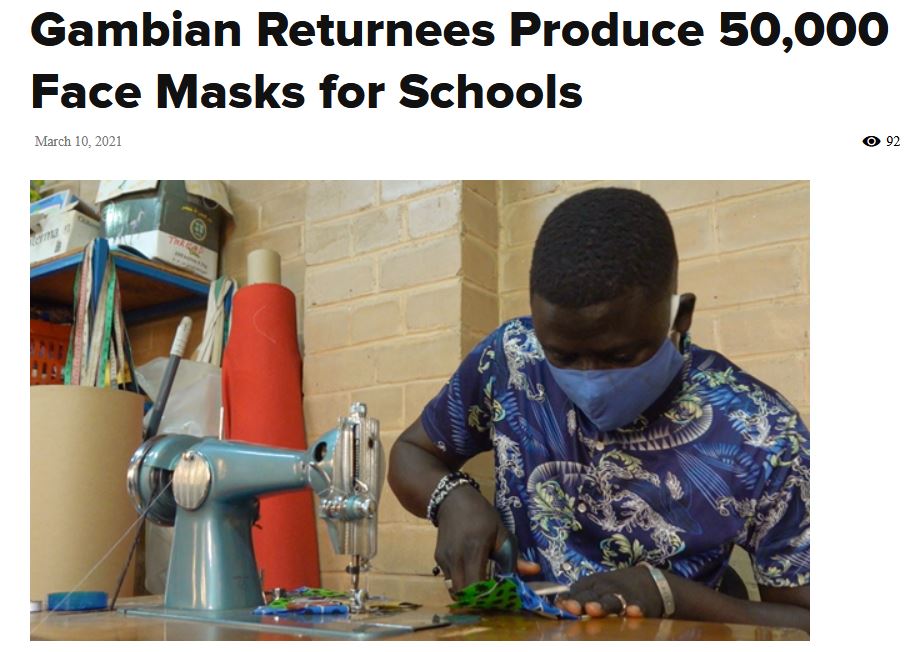
Is reintegration support sustainable?
“Reintegration can be considered sustainable when returnees have reached levels of economic self-sufficiency, social stability within their communities and psychosocial well-being that allow them to cope with (re)migration drivers,” according to IOM’S Policy on the Full Spectrum of Return, Readmission and Reintegration.
Having achieved sustainable reintegration, returnees are able to make further migration decisions as a matter of choice, rather than necessity.
